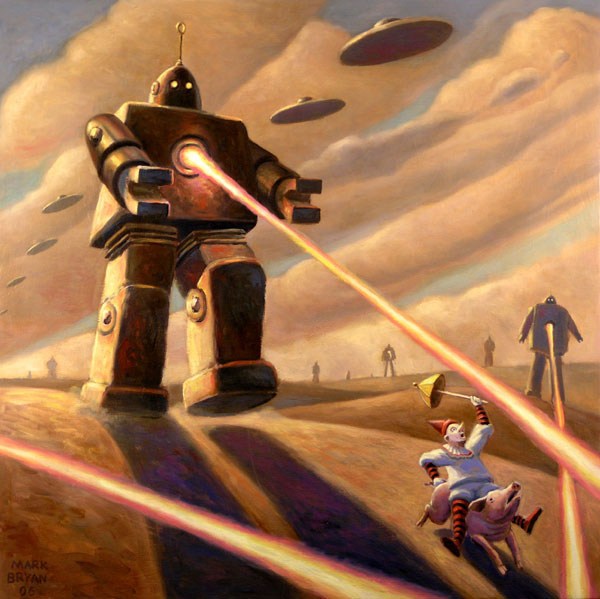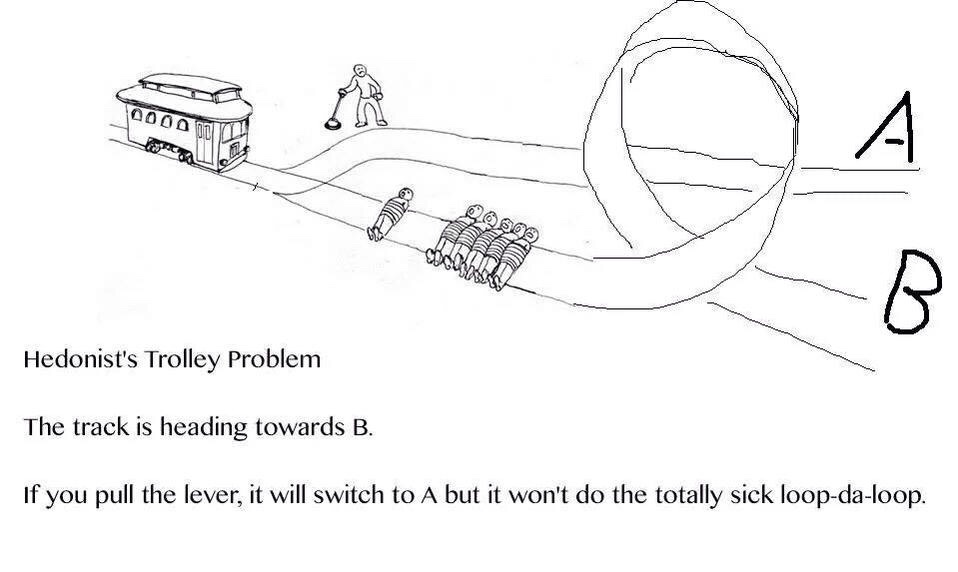I’m starting to think that ‘structural’ in ‘structural realism‘ is vacuous.
Before getting to the meaning of structural we have to know what we mean by real. In this instance we are specifically concerned with science so what we are looking for is the goal of science, i.e. what is scientifically real. This is a meta-scientific question, and the best I can do here is to quote what Darwin quoted at the start of the Origin of Species:
“The only distinct meaning of the word ‘natural’ is stated, fixed or settled; since what is natural as much requires and presupposes an intelligent agent to render it so, i.e., to affect it continually or at stated times, as what is supernatural or miraculous does to affect it for once.”
Butler: Analogy of Revealed Religion
The goal of science is, therefore, to separate the settled from the anomalous. We do this by crafting a theory and testing its predictions: Since we have some fixed part of our theory that consistently predicts some phenomenon, there must also be something fixed in nature that is causing the consistent behavior.
This leaves us to consider the meanings of stated, fixed and settled in order to understand ‘natural’ or ‘scientifically real.’ However, for my current interests, all I need to point out is that if everything we must do to call something ‘scientifically real’ is also sufficient for calling something a structure, then structure is doing no work.
Now we have to identify the structures that we are referring to in structural realism: these structures are the mathematical and logical relations that still apply even if other parts of the theory are modified. Since some mathematical and logical relations can be retained even as the overall theory changes, these structures the ones that structural realists want to save in order to maintain continuity across theory and paradigm.
But what are the settle or fixed parts of a theory? First and foremost it will be the part that is making the consistently correct predictions, which includes the math and logical relations that determine how to formulate the predictions. Therefore determining something to be real is to already determine everything that the structural realist was trying to gain by using the concept of structure. This is to say that calling something real is to already attribute all the properties that we were hoping to gain by calling the thing structural, making the term structural vacuous.



I agree with much of what you’re saying here, and am not particularly sympathetic to structural realism.
However, I think you might be missing the second half of the structural realist claim abut theory change. It’s not just that (1) strucure is what is settled/fixed; but also (2) that structure is more often fixed (settled, preserved, etc.) than individual objects. Traditional realists such as Stathis Psillos disagree with this latter claim; that’s why it’s not vacuous.
A good example (which I’ve given a long winded speech about) is the discovery of spin in quantum theory. This discovery led to the acceptance of a new class of particle — ones that could have intrinsic angular momentum — and so it represents a discontinuity our description in the world’s objects. But structurally, what happened here was that the spacetime symmetry group SO(3) was extended to SU(2) — the earlier structure was preserved, as a substructure of the later one.
Hello Bryan,
Glad to see the last part of your Group Structural Realism posts is up. Those posts are actually what made me start thinking about structural realism…
Two things:
1. The first part of this argument is the criticism of structural realism. The second is an implicit criticism of traditional realists for doing what I consider to be a shoddy job. I don’t see why traditional realists haven’t found a way to embrace structure in a better way. So you are right for pointing out that structure can appear to be more settled than individual objects, but it wasn’t that I missed it, it was just that I didn’t want to go off on a rant about problems with realism.
I couldn’t expect you to have noticed the care I used when writing:
“First and foremost it will be the part that is making the consistently correct predictions, which includes the math and logical relations that determine how to formulate the predictions.”
I left myself a back door out by saying that the part making the correct predictions merely includes the structural part and specifically left the question of what is actually the most important part of theories unanswered.
2. I know this puts me in a severe minority, but I find traditional physics to be just as confused as quantum physics. So I don’t buy your argument that the discovery of spin represents a discontinuity in our description of the world’s objects. I don’t think this is any different than any other description of a unique physical object. Again, you are right for mentioning your example, and the onus is on me to give a better account of science.